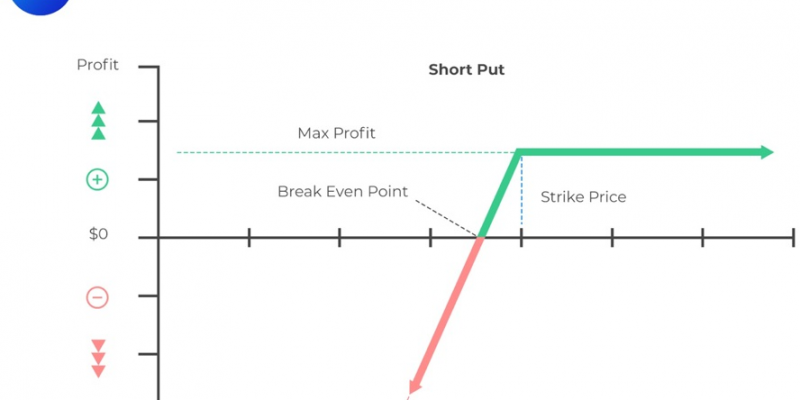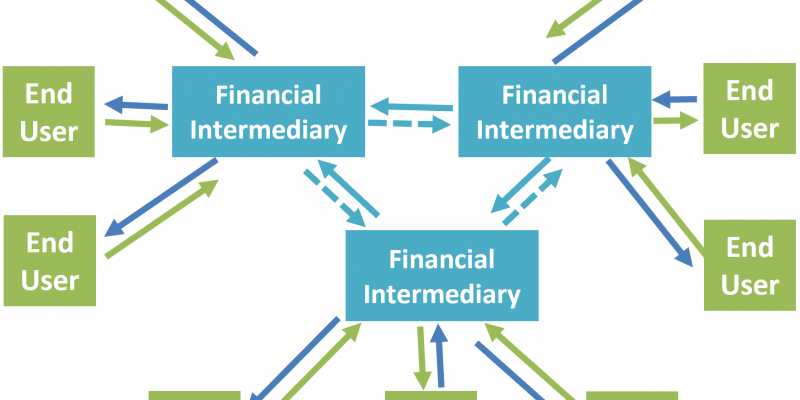Use of Derivatives among Issuers
[vsw id=”5Avzrkirq4g” source=”youtube” width=”611″ height=”344″ autoplay=”no”] Financial intermediaries, investors, and issuers use derivative products to increase, reduce, or alter their exposure to an underlying to achieve their financial goals. With the development of derivatives accounting, these instruments are now reported…
Benefits of Derivative Instruments
[vsw id=”5Avzrkirq4g” source=”youtube” width=”611″ height=”344″ autoplay=”no”] Benefits 1. Risk Allocation, Transfer, and Management Derivative instruments allow allocation, transfer, and management of risks without trading an underlying. The information on cash or spot market prices for financial instruments, goods, and services…
Forward Commitments vs. Contingent Claims
[vsw id=”yr98xRssWAs” source=”youtube” width=”611″ height=”344″ autoplay=”no”] Derivatives typically fall into two classes: forward commitments or contingent claims. The primary difference between the two is based on rights and obligations. Forward commitments carry an obligation to transact, whereas contingent claims confer…

Determining the Value at Expiration and Profit from a Long or a Short Position in a Call or Put Option
[vsw id=”yr98xRssWAs” source=”youtube” width=”611″ height=”344″ autoplay=”no”] Define the following: \(c_T =\) Value of the call at expiration. \(p_T =\) Value of a put option at expiration. \(S_T =\) Price of the underlying at time T. \(X =\) Exercise price. \(c_0=\)…

Basic Features of Derivative Markets
[vsw id=”Kg70XKMoCz8″ source=”youtube” width=”611″ height=”344″ autoplay=”no”] Over-the-Counter (OTC) Derivative Markets OTC derivative markets can be formal institutions such as NASDAQ or an information connection of parties who buy from and sell to one another. In OTC derivative markets, derivatives end-users…

Defining Derivative and the Basic Features of a Derivative Instrument
[vsw id=”Kg70XKMoCz8″ source=”youtube” width=”611″ height=”344″ autoplay=”no”] What is a Derivative? A derivative is a financial instrument that derives (obtains) its value from the performance of an underlying. The underlying may be a single asset, a group of assets, or variables…
Expected Value, Variance, Standard Deviation, Covariances, and Correlations of Portfolio Returns
A portfolio is a collection of investments a company, mutual fund, or individual investor holds. A portfolio consists of assets such as stocks, bonds, or cash equivalents. Financial professionals usually manage a portfolio.
Data Visualization
Data visualization refers to the presentation of data in a pictorial or graphical format using different graphs such as histograms, polygons, line charts, bar charts, etc. Histogram A histogram is a graphical representation of the data contained in a frequency…





